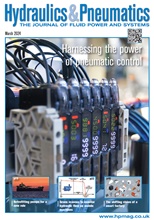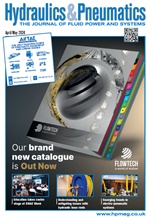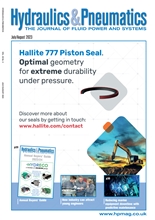Why you need PAT to move from batch to continuous processing

A seamless transition to continuous production
While QbD and PAT are normally necessary for continuous processing, they can also be applied to batch manufacturing, where they can still deliver substantial benefits. Consequentially, the adoption of these quality management tools doesn’t force or rush batch manufacturers into a new realm; but allows them to consider a continuous production plant after they have experienced the gains that PAT can deliver in a batch production process.
Therefore, manufacturers can select a small and not too complex first process to start learning and applying QbD and PAT, in order to gain experience before shifting progressively to more complex processes and ultimately from batch to continuous process development and manufacturing. We have found that the most successful QbD and PAT deployments start in a modest way. After the benefits have been proved in a timely manner, the adoption of QbD and PAT within the organisation grows over time to provide a firm basis for wider adoption.
Continuous manufacturing means Big Data
The key aspect of QbD and PAT lies in their ability to unlock the power of Big Data. As a prerequisite for success, the large volumes of data being generated need to be processed, presented, stored and turned into knowledge in a regulatory compliant way. A comprehensive tool to address this challenge is provided by PAT data and knowledge management software products.
These are centralised or distributed software platforms used to continuously make quality predictions in both batch and continuous processes and enable the development of science-based knowledge by presenting the data in a digestible manner to the different subject matter experts (SMEs). By doing so, knowledge management solutions ultimately enable the running of closed loop control algorithms that are based on process understanding and product quality.
One of the most advanced PAT knowledge management platforms on the market is Optimal’s synTQ. This software is currently used by over half of the top ten global pharmaceutical manufacturing companies. This comes as no surprise when production cycle times on some critical drugs are being reduced from weeks to hours - with a corresponding leap in productivity and a decrease in the production footprint.
The latest synTQ 5.3 version contains features that improve both the user experience and the platform capability with regards to optimising quality. For example, a real-time Multivariate Statistical Process Control (MSPC) viewer and user-configurable Control Charts can be used to detect when a process is moving out of its optimum operating window and act to correct the situation.
Every implementation path towards continuous processing is different. However, flexible platforms like synTQ are suitable across different industries, production lines and transition strategies; as they unify the necessary information to enable real-time control of batch and continuous processes like never before.
-
Smart Manufacturing & Engineering Week
05 - 06 June, 2024
NEC, Birmingham -
HILLHEAD 2024
25 June, 2024, 9:00 - 27 June, 2024, 16:00
Hillhead Quarry, Buxton, Derbyshire UK










